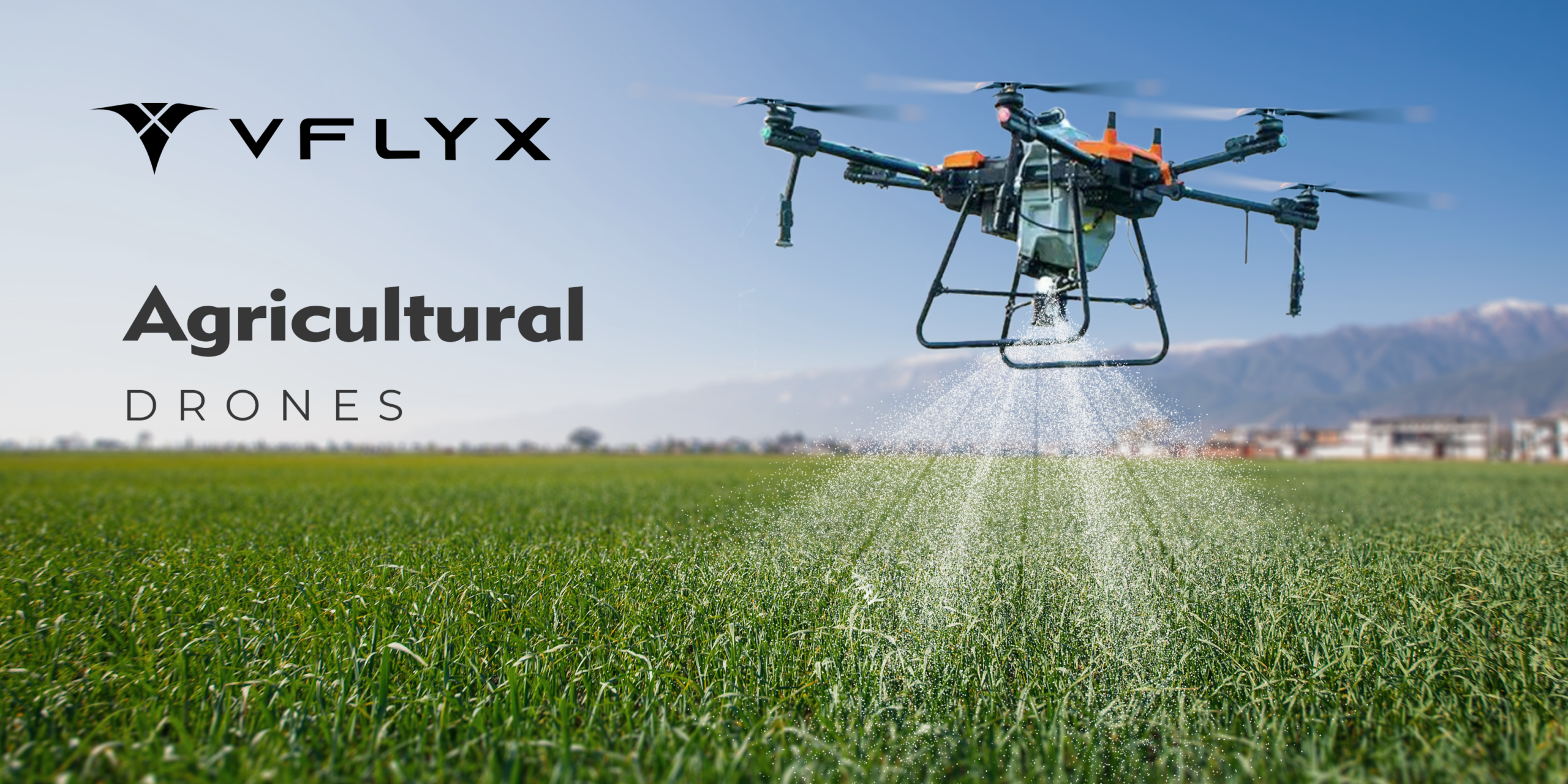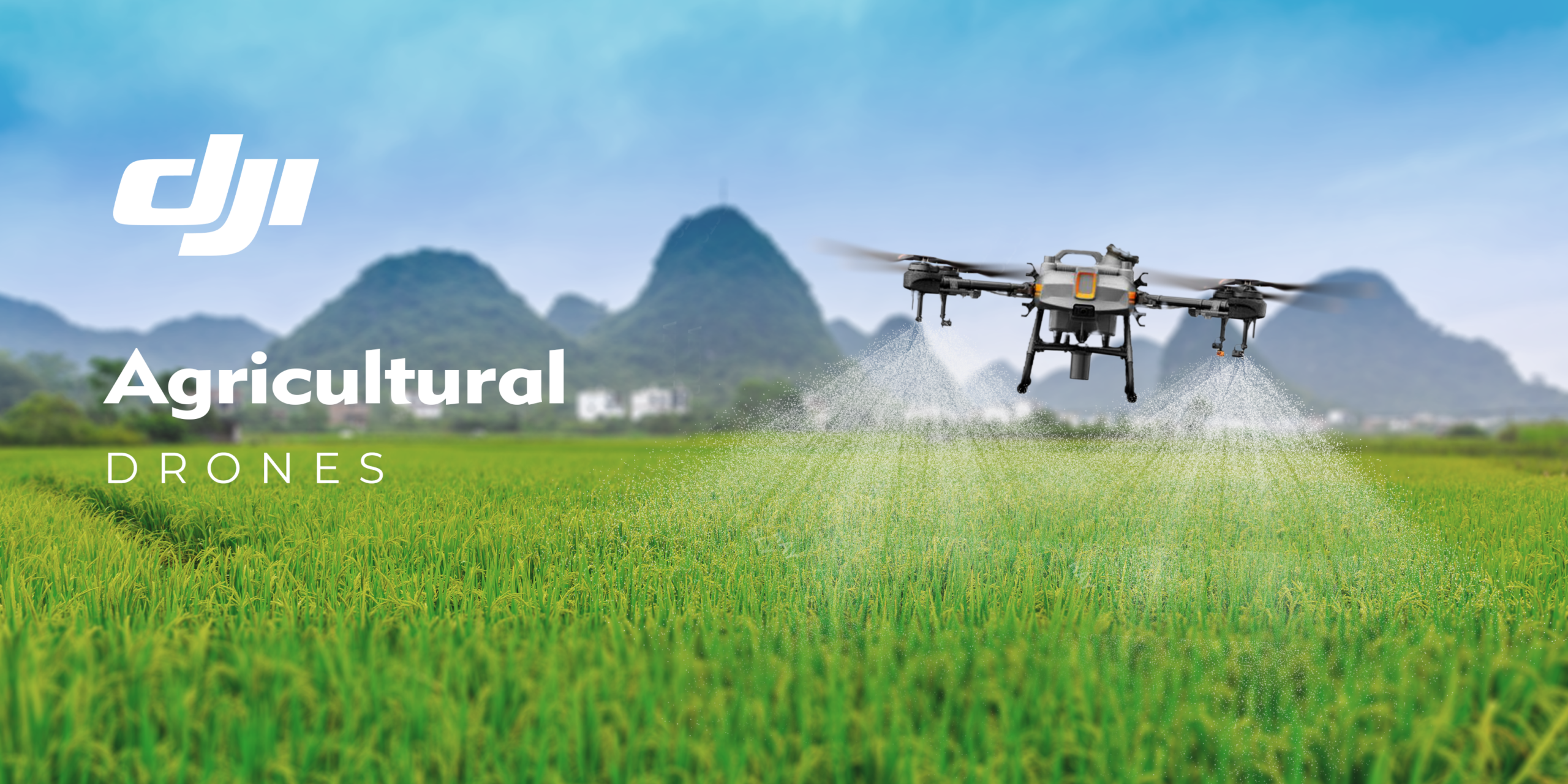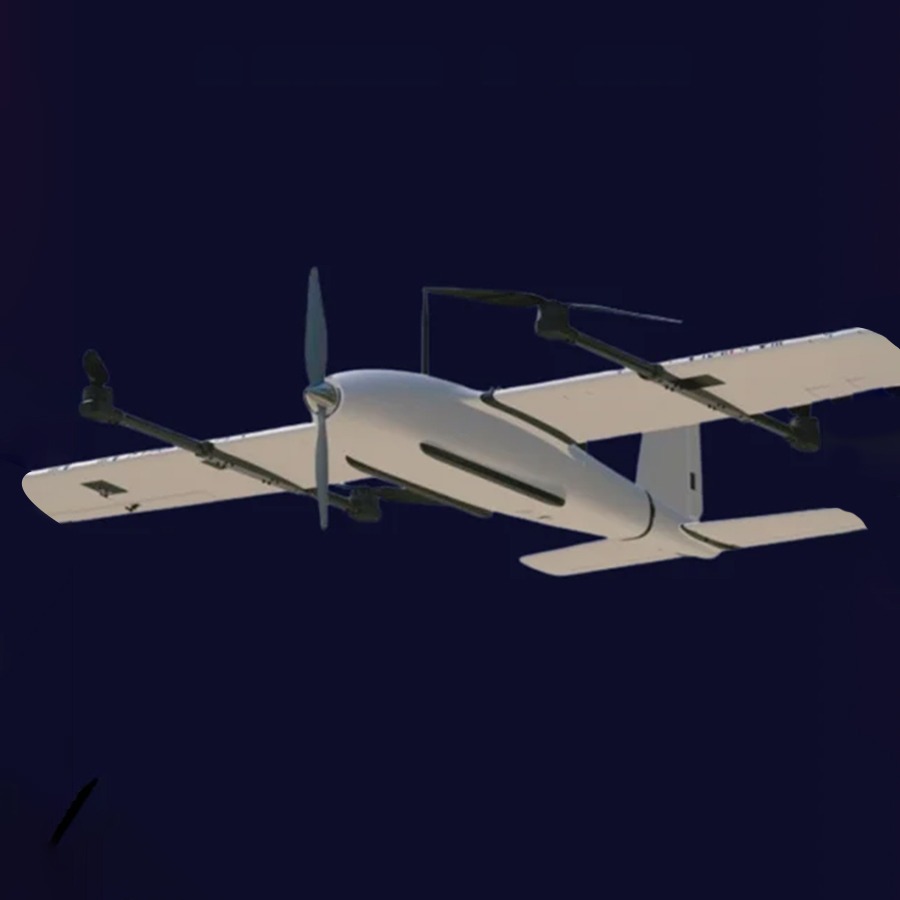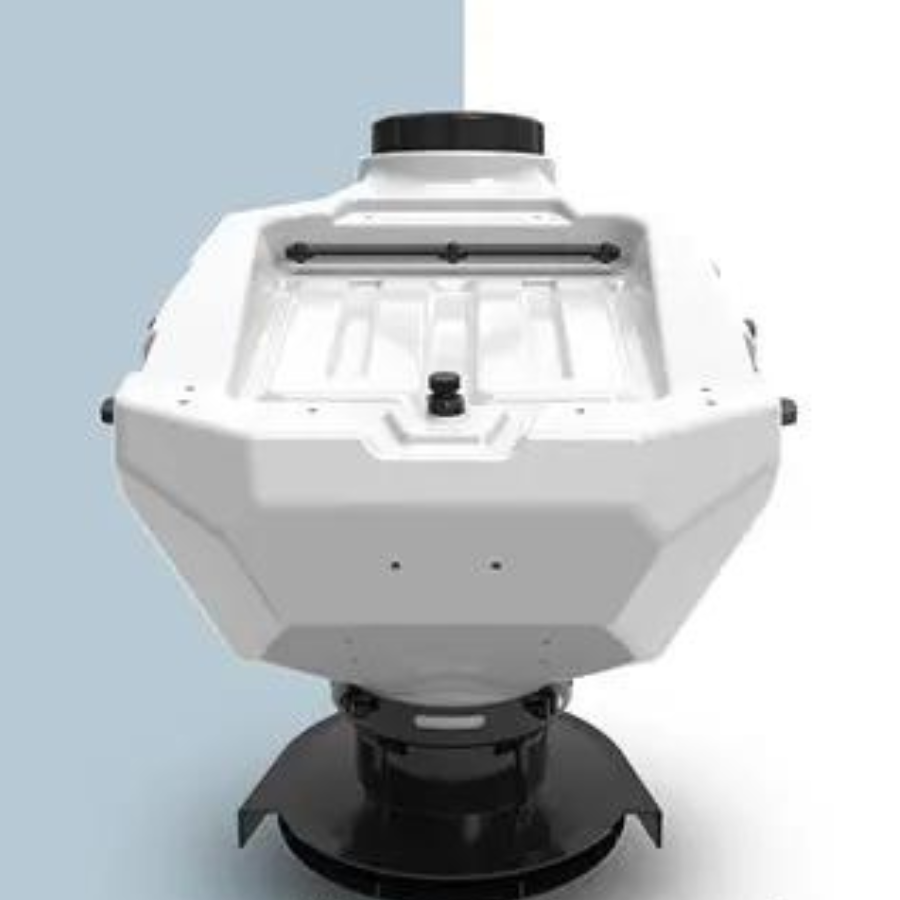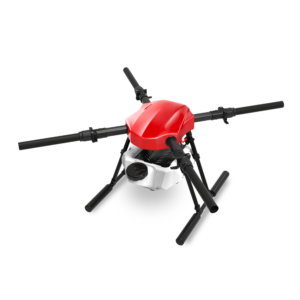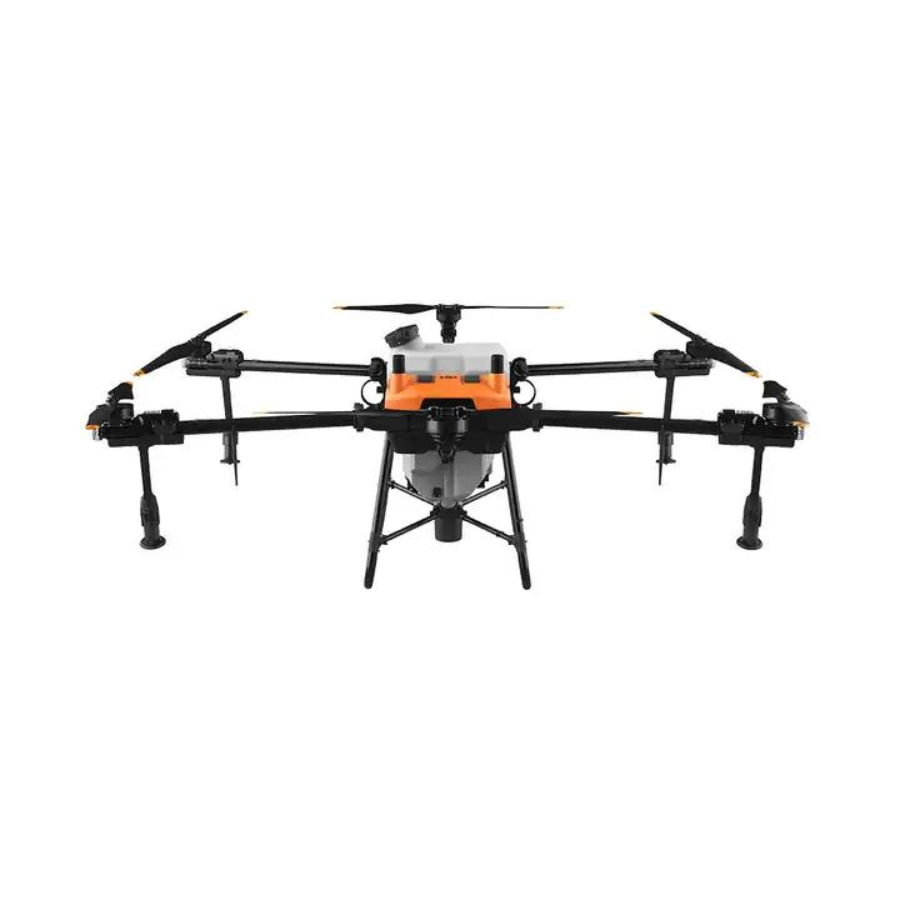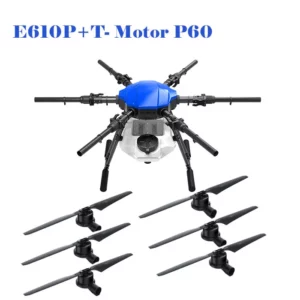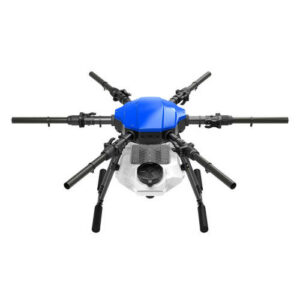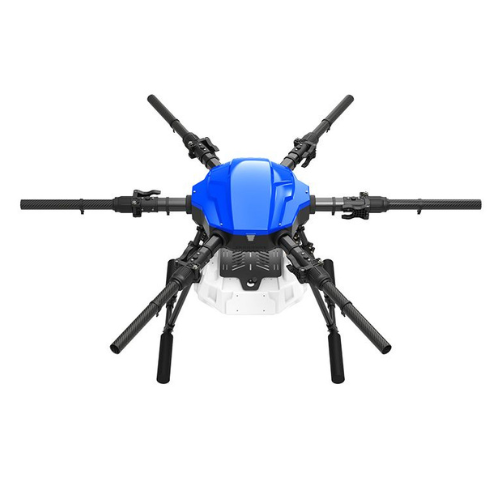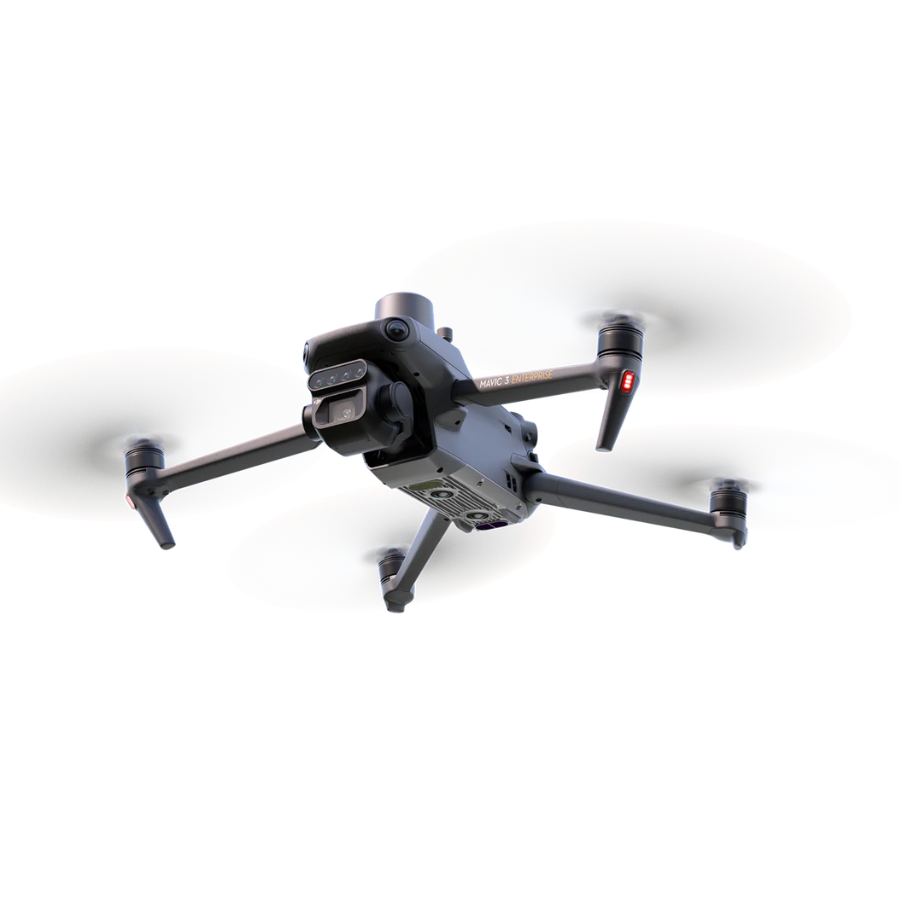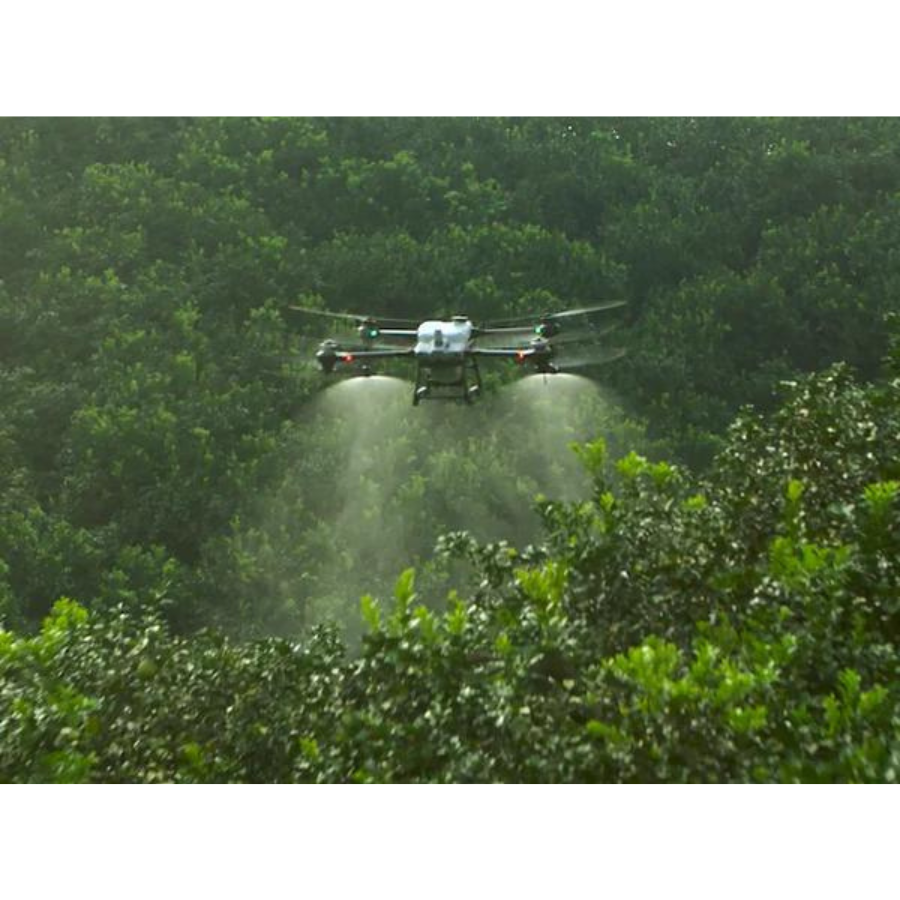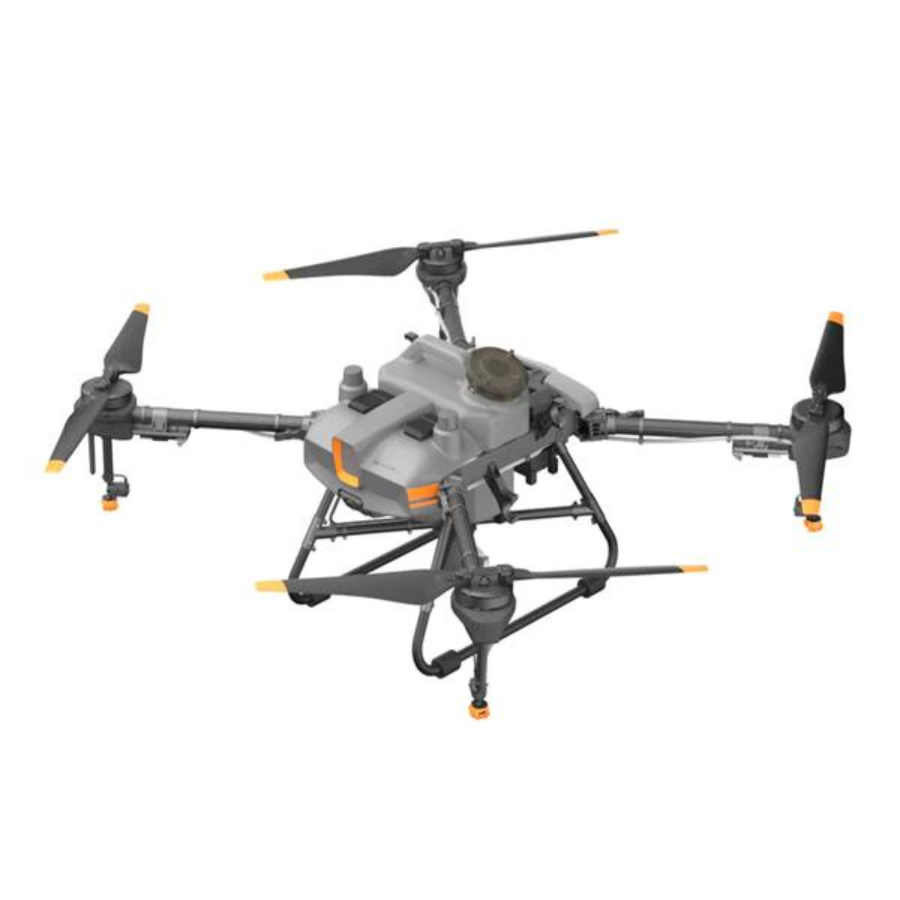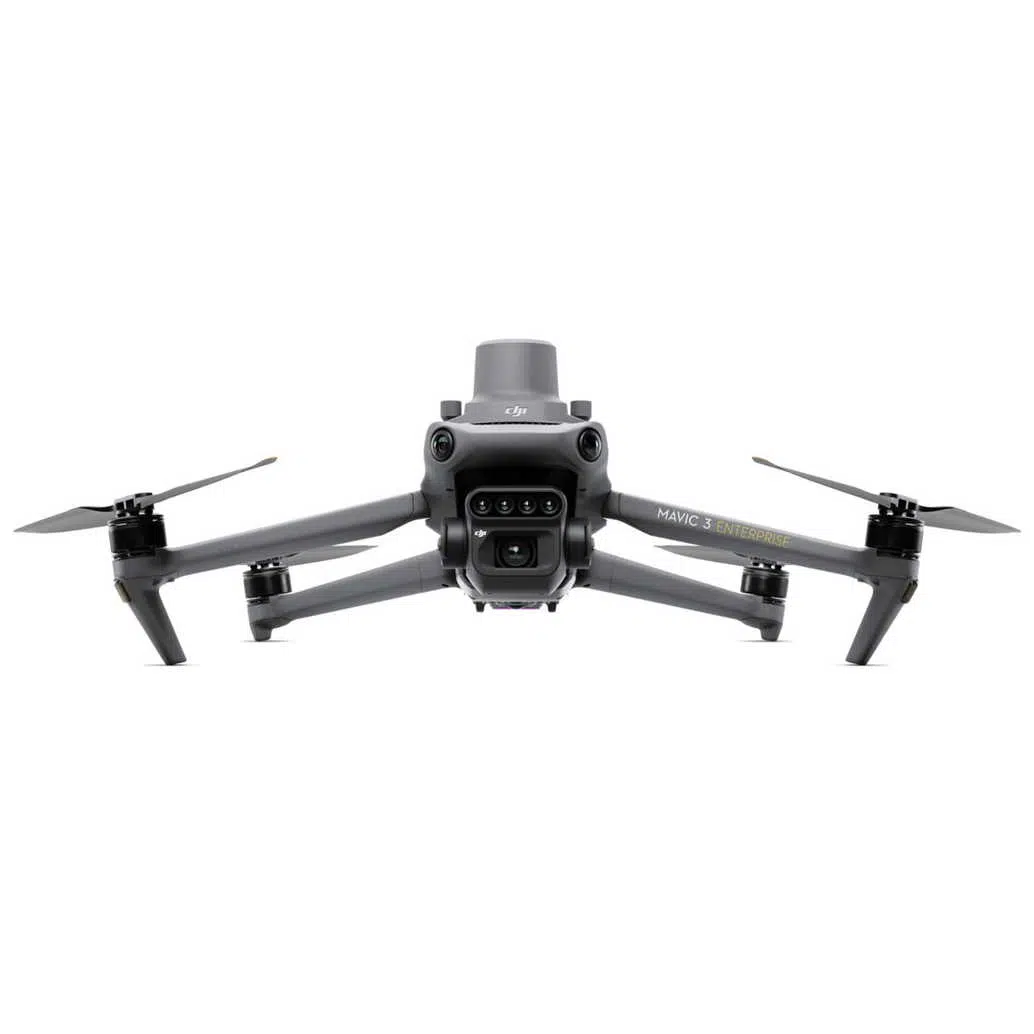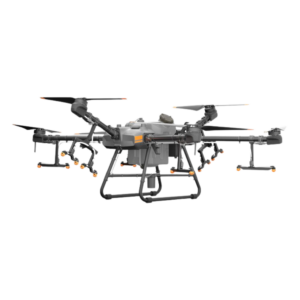Read More
In the evolving landscape of modern agriculture, drones quickly become indispensable farming tools. Indeed, known as agriculture drones, these advanced technologies revolutionize how we cultivate crops, manage land, and conserve resources. They cover vast areas fast, deliver precise data, and execute operations with unmatched accuracy. Therefore, agriculture drones lead the agricultural revolution.
The Rise of Agriculture Drones in Farming
Agriculture drones emerge as pivotal technology in precision agriculture—a farming management concept focused on observing, measuring, and responding to crop variability. Moreover, these UAVs (Unmanned Aerial Vehicles) equip sensors and imaging tools, enabling farmers to make informed decisions that increase efficiency, reduce costs, and minimize environmental impact.
The Power of DJI Agriculture Drones
DJI, a drone technology leader, makes significant strides in agriculture with its DJI Agri drones. Specifically, models like the DJI Agras T40 specialize in agricultural tasks, offering spraying, seeding, mapping, and crop monitoring features. Consequently, these drones optimize operations and enhance farming sustainability by ensuring judicious resource use.
The Advantages of Using Agriculture Drones
-
Precision Agriculture: Drones provide detailed insights into crop health, soil conditions, and moisture levels, enabling precise interventions.
-
Efficiency and Time-Saving: They cover large land areas swiftly, saving time and labor compared to traditional methods.
-
Resource Conservation: By pinpointing needed areas, drones reduce waste of water, fertilizers, and pesticides.
-
Data Collection and Analysis: Advanced sensors collect vast data, allowing farmers to monitor crop health and predict yields accurately.
Revolutionizing Agriculture in India with Drones
In India, agri drones transform the agricultural landscape rapidly. Additionally, the government pushes modern farming techniques and makes precision agriculture accessible to many farmers. Drones’ versatility suits India’s diverse agriculture sectors, offering solutions from pest control to crop surveillance. Indeed, these tools especially help where traditional methods prove impractical or inefficient.
Choosing the Best Agricultural Drones
Several factors affect the choice of agriculture drones:
-
Capability: The drone must perform required tasks such as spraying, seeding, or imaging.
-
Durability: Given demanding farm conditions, drones must remain robust and reliable.
-
Ease of Use: User-friendly interfaces and autonomy help farmers of varied technical skills.
-
Cost-effectiveness: The best drones balance advanced features with affordability, ensuring good returns.
DJI Agras: The Benchmark in Agricultural Drones
The DJI Agras series sets a benchmark, offering high-precision spraying, ease of use, and exceptional durability. Moreover, these drones tailor to varied agricultural needs, ranking among the best agricultural drones globally and in India. For example, models like DJI Agras T10 cover larger areas with precision, helping crops get optimal treatment.
Agriculture Drones in India: A Growing Trend
Agriculture drones grow popular in India, boosting farming productivity and sustainability. Furthermore, government subsidies and training programs encourage more farmers to adopt drone technology. As prices drop, agriculture drones become common sights across India’s farmlands.
The Future of Farming with Agriculture Drones
As technology advances, agriculture drone applications expand. For instance, advanced imaging detects plant diseases early. Also, AI-powered analytics provide actionable insights. Therefore, the future looks promising for farming with drones. UAVs will integrate fully into agriculture, ushering precision farming that is productive, sustainable, and eco-friendly.
Conclusion
Agriculture drones mark a major leap in farming approaches. By harnessing UAV power, farmers achieve higher yields, reduce environmental harm, and face modern challenges confidently. As technology evolves, drone use in agriculture will become standard, transforming farming worldwide, especially in tech-emerging markets like India. With DJI Agras leading, the sky limits agriculture’s future.
FAQs
What are agriculture drones?
Agriculture drones are UAVs (Unmanned Aerial Vehicles) equipped with cameras, sensors, and sprayers designed specifically for farming. They help monitor crops, spray pesticides and fertilizers, map fields, and analyze farm conditions to boost efficiency and yields.
How can agriculture drones benefit my farming operation?
They provide precise application of water, fertilizers, and pesticides, generate detailed crop health maps (like NDVI), detect pest and disease outbreaks early, and save time through automated field surveys.
What features should I look for in an agriculture drone?
Look for flight time, payload capacity, ease of use, sensor types (multispectral, thermal, RGB), water resistance for varied weather, and the ability to cover large areas quickly.
Are DJI agriculture drones suitable for small-scale farms?
Yes. DJI Agri drones, such as the Agras series, are scalable and work well for both small and large farms, optimizing operations regardless of size.
What is the difference between multispectral and thermal imaging in agriculture drones?
Multispectral imaging captures multiple light wavelengths to assess crop health and vitality, while thermal imaging detects temperature variations to spot water stress, irrigation issues, and diseases. Both provide valuable precision agriculture insights.
Can agriculture drones be used in organic farming?
Absolutely. Drones aid organic farmers by monitoring crop health and pests without synthetic chemicals. They also enable precise spraying of organic biopesticides, reducing waste.
How do agriculture drones in India differ from those used elsewhere?
Indian agriculture drones are tailored for small to medium farms and crops like rice and tea. They are customized for local climates, farming methods, and crop types common in India.
What are the best agricultural drones available in India?
The DJI Agras series is highly reliable and efficient. Other brands like Autel offer competitive models that are gaining popularity due to innovative features and adaptability.
What is the approximate cost of agriculture drones in India?
Prices vary by features and brand. Entry-level models start from a few lakhs INR, while advanced drones like DJI Agras cost more due to enhanced capabilities.
Where can I purchase agriculture drones in India, and are subsidies available?
You can buy drones from authorized dealers and online agri-tech platforms. The Indian government sometimes offers subsidies and support for farmers adopting drone technology. Check with the Ministry of Agriculture or local departments for current schemes.
Applications of Agriculture Drones: Transforming Farming and Crop Management
Precision Agriculture: Agriculture drones map fields and collect data on soil health, crop health, and moisture levels using advanced sensors. Consequently, this enables farmers to apply precise amounts of water, fertilizers, and pesticides only where needed, optimizing resources and increasing yields. For example, drones can identify areas of a field that are suffering from nutrient deficiencies and then target those areas for treatment.
Crop Monitoring and Health Assessment: Regular monitoring with agriculture drones helps farmers track crop growth and identify health issues like diseases or pest infestations early on. By analyzing images over time, farmers can therefore make informed decisions to protect their crops. An instance of this is using drones to detect fungal infections in wheat fields at early stages.
Irrigation Management: Drones equipped with thermal cameras identify areas of a field that are either too dry or adequately watered. This precision in monitoring helps in efficient water management, which is crucial in regions with water scarcity. Accordingly, farmers can adjust their irrigation systems based on drone data to ensure optimal crop hydration.
Soil and Field Analysis: Before planting, agriculture drones can produce precise 3D maps for soil analysis and seed planting patterns. Thus, this information helps in planning the planting patterns and optimizing land and resource usage. For instance, drones can help in determining the most efficient planting strategy for a given crop type.
Planting: Some agriculture drones are equipped to carry out planting directly. Specifically, they shoot seed pods into the prepared soil at precise locations and depths. As a result, this method significantly reduces labor costs and is designed to increase germination rates through more effective planting.
Crop Spraying: Drones can spray crops with far more precision than traditional methods, thereby reducing the amount of chemicals used and minimizing runoff to non-target areas. For example, drones can be used to apply pesticides specifically where signs of pest activity are detected, which reduces the overall chemical usage.
Livestock Monitoring: Agriculture drones monitor livestock, providing farmers with regular updates on the health and well-being of their animals. Additionally, drones can be used to track herd movements, detect injured or sick animals, and even assess pasture quality.
Agricultural Photography and Marketing: High-resolution images and videos captured by drones offer farmers a unique perspective of their land and crops. Furthermore, this visual content can be used for marketing purposes, showcasing the farm’s operations and produce to potential buyers or investors.
Insurance Documentation and Claims: Following natural disasters or unexpected events, agriculture drones quickly assess damage to crops and infrastructure. Consequently, the detailed aerial imagery helps farmers in documenting losses accurately for insurance claims, speeding up the process.
Research and Development: Agriculture drones play a crucial role in agricultural research, collecting vast amounts of data for studies on crop performance, pest management, and sustainable farming practices. Researchers can therefore utilize drone data to analyze the effectiveness of different crop varieties under various conditions.

